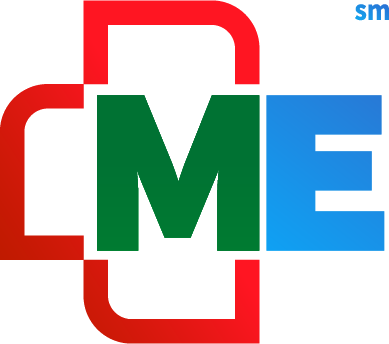Network Time Protocol
Network Time Protocol เป็นมาตรฐานการเทียบเวลา(clock synchronization)ในระบบเครือข่าย TCP/IP (Internet Protocol) NTP ใช้งานมาตั้งแต่ก่อนปี 1985 และถือเป็นโปรโตคอลอินเทอร์เน็ตที่เก่าแก่ที่สุดโปรโตคอลหนึ่งที่ใช้อยู่ในปัจจุบัน NTP ได้รับการออกแบบโดย David L. Mills จากมหาวิทยาลัยเดลาแวร์ NTP ใช้งานผ่าน UDP (User Datagram Protocol) Port Number 123
แบ่งระดับ Layer ได้ 3 ระดับ
Startum-0 : นาฬิกาอะตอมซึ่งอยู่บนดาวเทียม มีความเที่ยงตรงสูงสุด หรือ PTP (Precision Time Protocol)
Startum-1 : NTP Server Level1 ซึ่งรับค่านาฬิกาจากนาฬิกาอะตอมมากระจายต่ออีกชั้นโดยมี PPS(Pulse-per-second) เป็นสัญญาณจี้(triggers)ทุกวินาทีเพื่อให้เกิดการผิดพลาดน้อยยิ่งขึ้น สัญญาณ PPS มีความแม่นยำตั้งแต่ 12 พิโกวินาทีถึงไม่กี่ไมโครวินาทีต่อวินาที หรือ 2.0 นาโนวินาทีถึงไม่กี่มิลลิวินาทีต่อวัน ขึ้นอยู่กับความละเอียดและความแม่นยำของอุปกรณ์ที่สร้างสัญญาณ
Startum-2 : NTP Server Level2 ซึ่งรับค่านาฬิกาจากนาฬิกา NTP Startum-1 มากระจายต่ออีกชั้น
Startum-3 : NTP Server Level3 ซึ่งรับค่านาฬิกาจากนาฬิกา NTP Startum-2 มากระจายต่ออีกชั้น
Modern CSS Under the Spotlight
Modern CSS has increased and improved the available CSS properties and layout behaviors, and browser support is nearly in sync for most high-touch features.
Some examples of modern CSS include:
- Flexbox
- Grid
- custom variables
- @supports()
- gradients
- animation
- 3D transforms
- object-fit
- :focus-within
- calc()
- min() / max() / clamp()
- viewport units
- scroll-(margin/padding/snap)
- position: sticky
- two-value display
- expanded media query values
- variable fonts
We also collectively have an improved understanding of what it takes to make accessible experiences.
Join Style Stage as a contributor to refresh your CSS skills, and learn from others!

